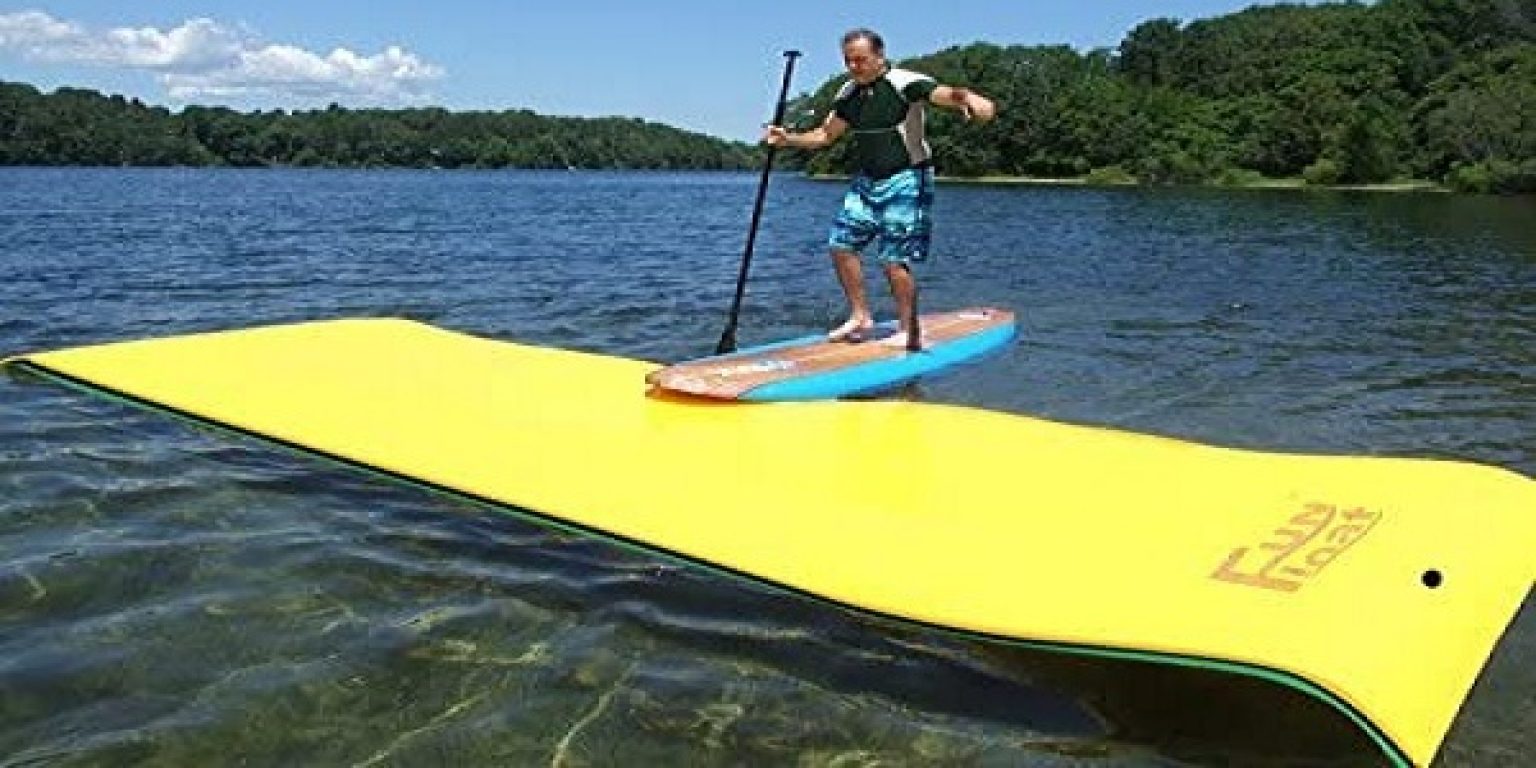Lake Mats: The Weird World of Floating Islands

Ever see something on a lake that looks like a rogue patch of grass decided to go for a swim? That, my friends, is likely a floating mat, sometimes called a lake vegetation mat or even a floating island. These quirky natural formations are more than just a curiosity; they play a vital role in lake ecosystems.
These floating platforms, often comprised of interwoven plant roots, peat, and other organic matter, can range in size from a small rug to something resembling a small island. They’re not just random clumps of debris, though. Their formation is a delicate balance of environmental factors, from water flow and nutrient levels to the types of plants colonizing the mat.
Historically, these mats have been viewed with a mix of fascination and suspicion. Some cultures saw them as mystical, while others considered them a nuisance. But now, with a better understanding of their ecological significance, these buoyant gardens are gaining appreciation. So what’s the big deal about a patch of lake greenery taking a float? Well, quite a bit, actually.
Floating lake mats play a critical role in water quality. Think of them as natural filters. The plants on the mats absorb excess nutrients, like nitrogen and phosphorus, which can otherwise fuel harmful algal blooms. This helps keep the water clearer and healthier for other aquatic life. Plus, these mats provide essential habitat for all sorts of critters, from insects and amphibians to fish and birds. They offer refuge from predators, nesting sites, and a buffet of tasty insects.
But these floating ecosystems aren’t without their challenges. Invasive plant species can hijack a mat, outcompeting native vegetation and creating monocultures. Large mats can also impede boat traffic and interfere with recreational activities. Managing these floating islands requires careful consideration of the ecological benefits they provide alongside the potential problems they can pose.
A simple definition of a floating mat is a buoyant mass of vegetation and organic matter that floats freely on the water surface of a lake or other still body of water. Imagine a thick carpet of interwoven plant roots and decaying vegetation, sturdy enough to support small animals and even, in some cases, people.
One benefit is improved water quality through nutrient uptake by the plants on the mat. Another advantage is the creation of vital habitat for a wide range of aquatic species. Finally, these floating structures can stabilize shorelines, preventing erosion and reducing the impact of wave action.
While there isn't a one-size-fits-all "action plan" for floating mats, management strategies often involve controlling invasive species, carefully removing excess vegetation to maintain navigation channels, and monitoring the mat's health and stability.
Advantages and Disadvantages of Floating Lake Mats
| Advantages | Disadvantages |
|---|---|
| Improved water quality | Potential impediment to navigation |
| Habitat creation | Risk of invasive species dominance |
| Shoreline stabilization | Can contribute to oxygen depletion in some cases |
Best Practices:
1. Monitor Mat Growth: Regularly assess the size and growth rate of the mat.
2. Control Invasive Species: Implement measures to prevent or remove invasive plants.
3. Maintain Navigation Channels: Carefully remove vegetation to ensure safe boat passage.
4. Monitor Water Quality: Track nutrient levels and other indicators of water health.
5. Protect Native Vegetation: Encourage the growth of beneficial native plant species.
Frequently Asked Questions:
1. What are floating mats made of? Plant matter, peat, and other organic debris.
2. Are they dangerous? Generally not, but large mats can impede boats.
3. How do they form? Through the accumulation and intertwining of vegetation.
4. Can I walk on them? Some are sturdy enough, but others are not.
5. How are they managed? Through controlled removal of vegetation and invasive species control.
6. Are they good for the lake? Generally yes, they improve water quality and provide habitat.
7. What animals live on them? Insects, amphibians, fish, and birds.
8. Can I create a floating mat? It's a complex natural process, but artificial floating islands can be created for specific purposes.
Tips and Tricks: When encountering a floating lake mat, observe it from a safe distance. Avoid disturbing the vegetation and be mindful of the wildlife that may call it home.
Floating mats, whether you call them floating islands, lake vegetation mats, or just quirky patches of floating greenery, are a fascinating and crucial part of many lake ecosystems. Their ability to improve water quality, provide habitat, and even stabilize shorelines makes them a valuable asset. While managing potential challenges, such as invasive species and navigation obstacles, is essential, understanding and appreciating the role these unique floating ecosystems play is crucial for maintaining the health and balance of our lakes. As we continue to learn more about these dynamic environments, we can better protect and preserve them for future generations to enjoy. By taking proactive steps to understand and address the challenges, we can harness the benefits of floating mats for healthier and more vibrant lake ecosystems. So, next time you spot a floating mat, take a moment to appreciate the intricate web of life it supports and the vital role it plays in maintaining the ecological balance of our precious lakes.
Unlocking the power of benjamin moore silver bell your guide to a serene home
Embrace the cozy your guide to the perfect fall iphone wallpaper
Medicare part b extra help lower your costs













